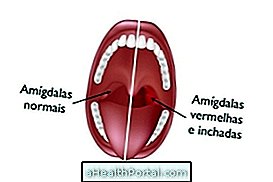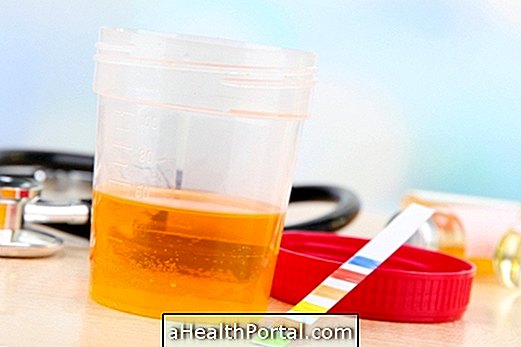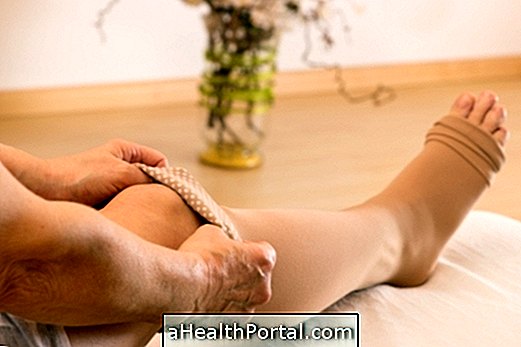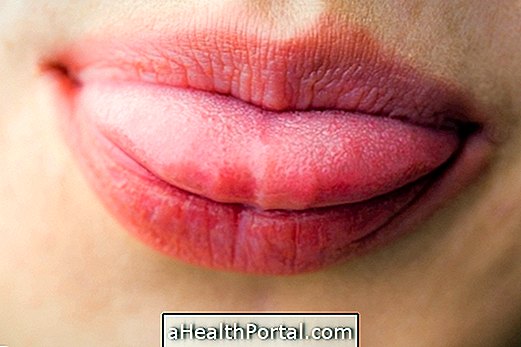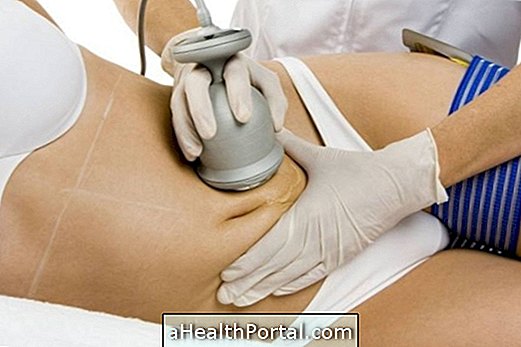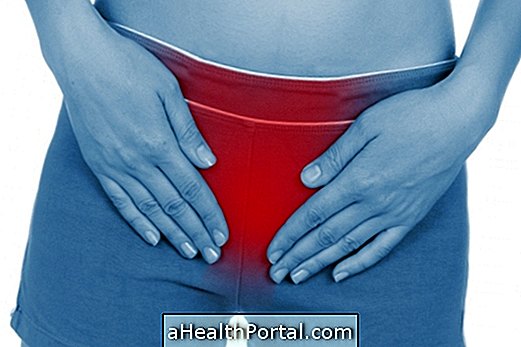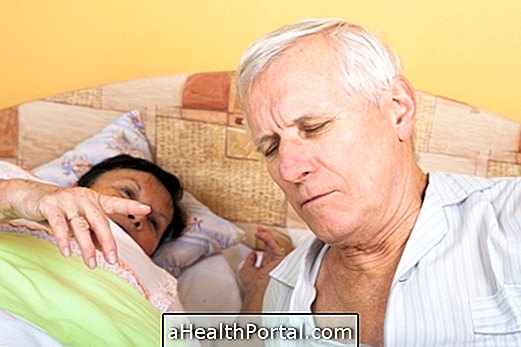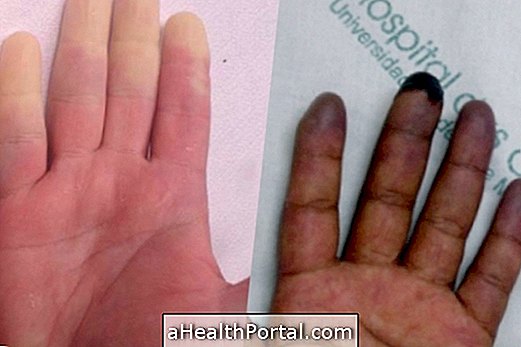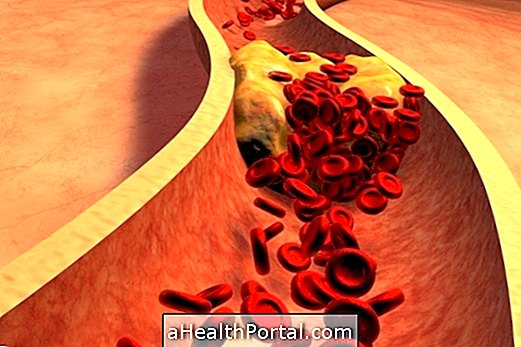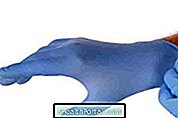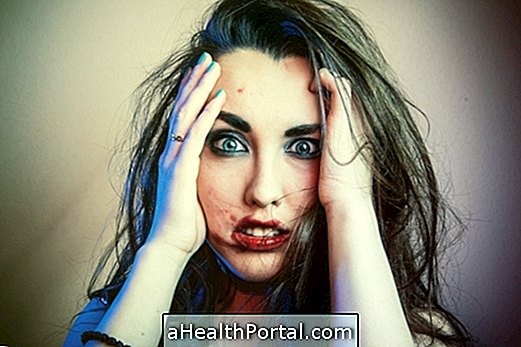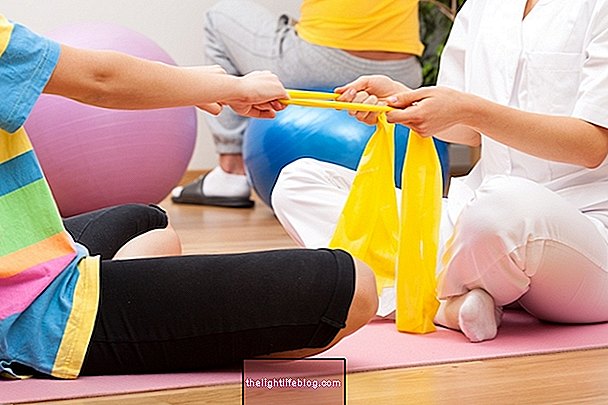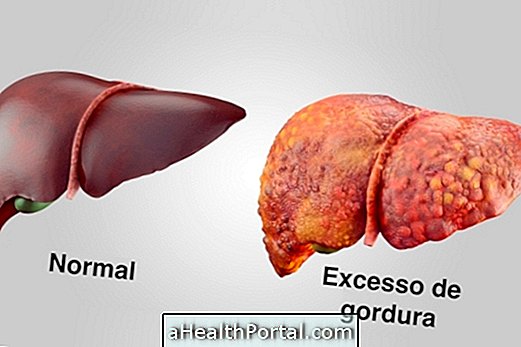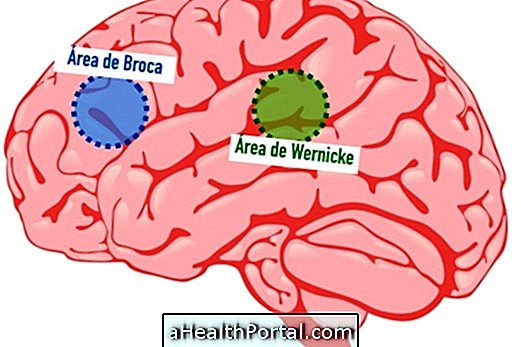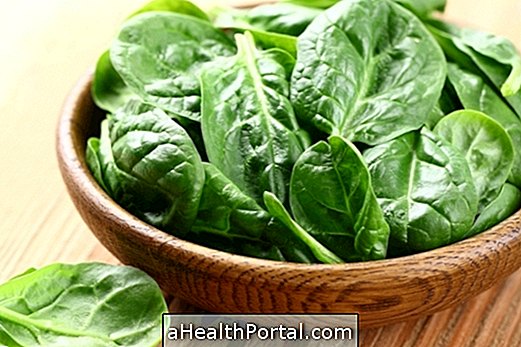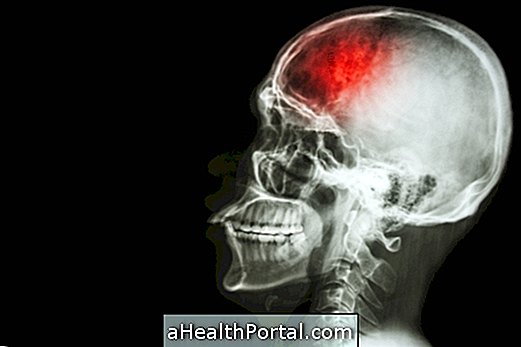In most cases, itching in the feet is caused by dry skin, especially during the winter. However, another very common cause is the overgrowth of fungi, also known as ringworm, which can be treated with antifungal ointments advised by a dermatologist.
The itching in the feet can also be caused by less common problems such as allergy, psoriasis or poor circulation for example, and other symptoms may be present that help to identify the problem and define the most appropriate treatment, which will depend on what is at the origin of the itch.
1. Dry skin
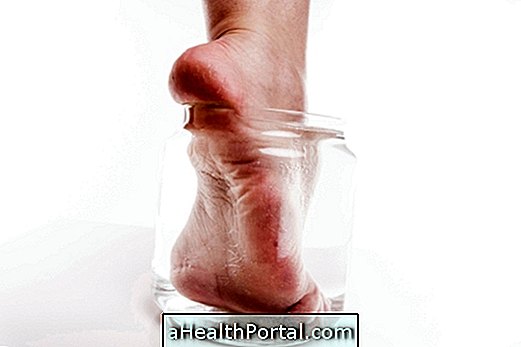
The skin of the foot can become dry easily because in this region there are no sebaceous glands and in addition people usually neglect the hydration in this place. This dryness can cause intense and persistent itching if left untreated.
What to do
The treatment of dry skin is simple and consists of passing moisturizing creams on the feet daily after bathing. The ideal is to opt for very nutritious creams with urea or salicylic acid in their constitution that help to remove dead skin, as is the case of Isdin Pods Ureadin or Lipikar podologics of La Roche Posay.
2. Peripheral neuropathy

Peripheral neuropathy consists of a set of changes that occur in the nerves of the body, causing symptoms such as pain, tingling, lack of strength, sensitivity in specific regions of the body and itching. Generally, this disease is caused by diabetes mellitus, leprosy, severe malnutrition or autoimmune diseases.
What to do
The treatment is done according to the needs of each person. Analgesics for pain control such as dipyrone and paracetamol and medicines to help with sexual dysfunction such as sildenafil or tadalafil may be prescribed. In addition, physiotherapy can also be used to rehabilitate the affected areas.
3. Psoriasis

Psoriasis is a skin disease that causes symptoms like red spots, dry scales, dry skin, itching and pain. See more about this disease.
What to do
Psoriasis has no cure but can be treated with skin creams and ointments and with immunosuppressive and anti-inflammatory medicines, and treatments with ultraviolet light may also be recommended.
4. Athlete's foot

Athlete's foot, also known as pedis or chilbler, is a type of mycosis of the skin caused by fungi Trichophyton, Mycrosporon or Epidermophyton, which mainly affects regions on the sole and between the toes, causing intense itching and peeling.
What to do
Treatment consists of the application of antifungal creams or ointments, such as clotrimazole or miconazole. If it is not sufficient, it may be necessary to take itraconazole or fluconazole tablets for about 3 months.
5. Bicho-de-pé

The footworm is a small parasite called Tunga penetrans, which enters the skin, especially in the feet, where it develops rapidly causing symptoms such as pain, itching and redness. Here's how to identify the foot bug.
What to do
To treat this infection, the skin parasite has to be removed at a health clinic. In addition, camphor-based creams or salicylated vaseline may be used to facilitate treatment, or even antiparasitics such as thiabendazole or ivermectin.
6. Hand-foot-mouth syndrome

Hand-foot-mouth syndrome is a very contagious disease caused by the coxsackie virus, causing symptoms such as high fever, sore throat, lack of appetite, mouth ulcers and small blisters on the hands and feet that can cause severe itching. Learn how to identify this syndrome.
What to do
Treatment consists of administering fever medicines and anti-inflammatories such as acetaminophen and ibuprofen respectively, itch remedies and canker ointments in order to alleviate the symptoms.
7. Allergy

Skin allergy is characterized by an inflammatory reaction that may occur in different regions of the skin, and may be caused by food, cosmetics, medicines, sun or insect bites, for example, and cause symptoms such as itching, redness, peeling, irritation and presence of reddish or white spots or marbles.
What to do
Usually the treatment is done with antihistamines such as loratadine or cetirizine, or with corticosteroids such as betamethasone, which are used to treat the symptoms of allergy.
8. Poor circulation

The poor circulation is the difficulty of blood passing through the veins, causing symptoms such as cold hands, swelling in the feet, tingling and itching sensation in the feet and legs and pain in the legs with the appearance of varicose veins.
This problem is more common in women and may become more intense in pregnancy and cause severe swelling in the feet. Learn how to lessen the swelling of your feet during pregnancy.
What to do
To improve blood circulation one should practice physical exercise frequently, wear elastic compression stockings, avoid sitting or standing too long, reduce salt intake and maintain an ideal weight.
9. Deshidrosis

Dehydration causes small, fluid-filled blisters on the hands and feet that cause intense itching, lasting up to 3 weeks. Usually dehydrosis is more common in the summer and although it is not known exactly what is in its origin, it is thought to be associated with the production of sweat.
What to do
To treat deshidrosis, the dermatologist may advise the application of steroid creams such as hydrocortisone or betamethasone for example, or phototherapy that is used when creams and ointments do not show results.
